Capacity
Capacity is the measure of how much a container can hold. It is typically measured in units such as liters, milliliters, gallons, quarts, pints, or cups.
Units of Capacity
- Liter (L) - A metric unit of capacity. 1 liter is equal to 1000 milliliters.
- Milliliter (mL) - A metric unit of capacity. 1 milliliter is equal to 0.001 liter.
- Gallon (gal) - A customary unit of capacity used in the United States. 1 gallon is equal to 4 quarts or 8 pints.
- Quart (qt) - A customary unit of capacity. 1 quart is equal to 2 pints.
- Pint (pt) - A customary unit of capacity. 1 pint is equal to 2 cups.
- Cup (c) - A customary unit of capacity. 1 cup is equal to 8 fluid ounces.
Examples
If a jug can hold 2 liters of water, it has a capacity of 2 liters. If a cup can hold 250 milliliters of milk, it has a capacity of 250 milliliters.
Measuring Capacity
Capacity can be measured using measuring cups, jugs, or other measuring containers. It is important to use the appropriate units when measuring capacity.
[Capacity] Related Worksheets and Study Guides:
.◂Math Worksheets and Study Guides Third Grade. Time
Study Guide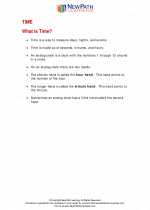 Time
Time  Activity Lesson
Activity Lesson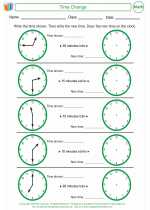 Time Change
Time Change  Activity Lesson
Activity Lesson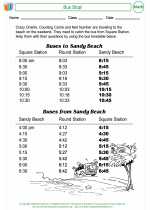 Bus Stop!
Bus Stop!  Activity Lesson
Activity Lesson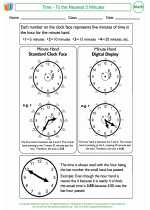 Time to the Nearest 5 Minutes
Time to the Nearest 5 Minutes  Activity Lesson
Activity Lesson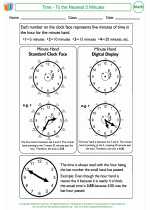 Time - To The Nearest 5 Minutes
Time - To The Nearest 5 Minutes  Activity Lesson
Activity Lesson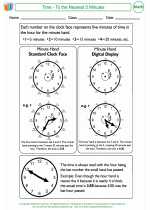 Time - To the Nearest 5 Minutes
Time - To the Nearest 5 Minutes  Activity Lesson
Activity Lesson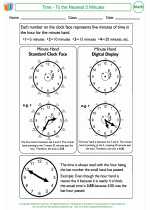 Time - To the Nearest 5 Minutes
Time - To the Nearest 5 Minutes  Worksheet/Answer key
Worksheet/Answer key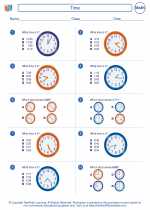 Time
Time  Worksheet/Answer key
Worksheet/Answer key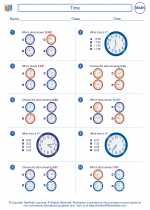 Time
Time  Worksheet/Answer key
Worksheet/Answer key Time
Time  Worksheet/Answer key
Worksheet/Answer key Time
Time  Worksheet/Answer key
Worksheet/Answer key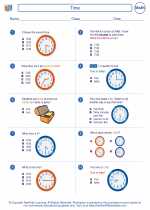 Time
Time  Worksheet/Answer key
Worksheet/Answer key Time
Time  Worksheet/Answer key
Worksheet/Answer key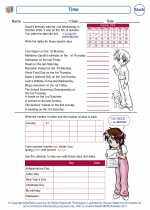 Time
Time  Worksheet/Answer key
Worksheet/Answer key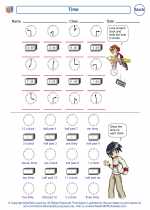 Time
Time  Worksheet/Answer key
Worksheet/Answer key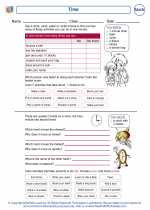 Time
Time  Worksheet/Answer key
Worksheet/Answer key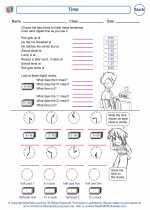 Time
Time  Worksheet/Answer key
Worksheet/Answer key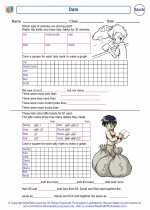 Date
Date  Worksheet/Answer key
Worksheet/Answer key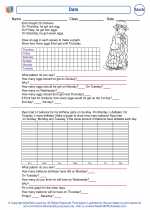 Date
Date  Worksheet/Answer key
Worksheet/Answer key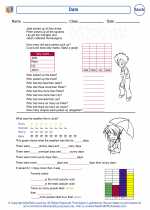 Date
Date  Worksheet/Answer key
Worksheet/Answer key Time
Time  Worksheet/Answer key
Worksheet/Answer key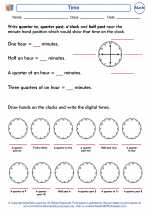 Time
Time  Worksheet/Answer key
Worksheet/Answer key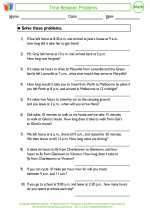 Time Between Problems
Time Between Problems  Worksheet/Answer key
Worksheet/Answer key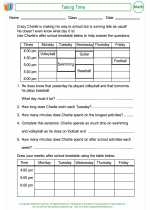 Taking Time
Taking Time 

 Activity Lesson
Activity Lesson
 Activity Lesson
Activity Lesson
 Activity Lesson
Activity Lesson
 Activity Lesson
Activity Lesson
 Activity Lesson
Activity Lesson
 Activity Lesson
Activity Lesson
 Worksheet/Answer key
Worksheet/Answer key
 Worksheet/Answer key
Worksheet/Answer key
 Worksheet/Answer key
Worksheet/Answer key
 Worksheet/Answer key
Worksheet/Answer key
 Worksheet/Answer key
Worksheet/Answer key
 Worksheet/Answer key
Worksheet/Answer key
 Worksheet/Answer key
Worksheet/Answer key
 Worksheet/Answer key
Worksheet/Answer key
 Worksheet/Answer key
Worksheet/Answer key
 Worksheet/Answer key
Worksheet/Answer key
 Worksheet/Answer key
Worksheet/Answer key
 Worksheet/Answer key
Worksheet/Answer key
 Worksheet/Answer key
Worksheet/Answer key
 Worksheet/Answer key
Worksheet/Answer key
 Worksheet/Answer key
Worksheet/Answer key
 Worksheet/Answer key
Worksheet/Answer key
 Worksheet/Answer key
Worksheet/Answer key

The resources above cover the following skills:
Measurement and Data
Solve problems involving measurement and estimation of intervals of time, liquid volumes, and masses of objects.
Tell and write time to the nearest minute, and measure time intervals in minutes. Solve word problems involving addition and subtraction of time intervals in minutes, e.g., by representing the problem on a number line diagram. [3-MD1]